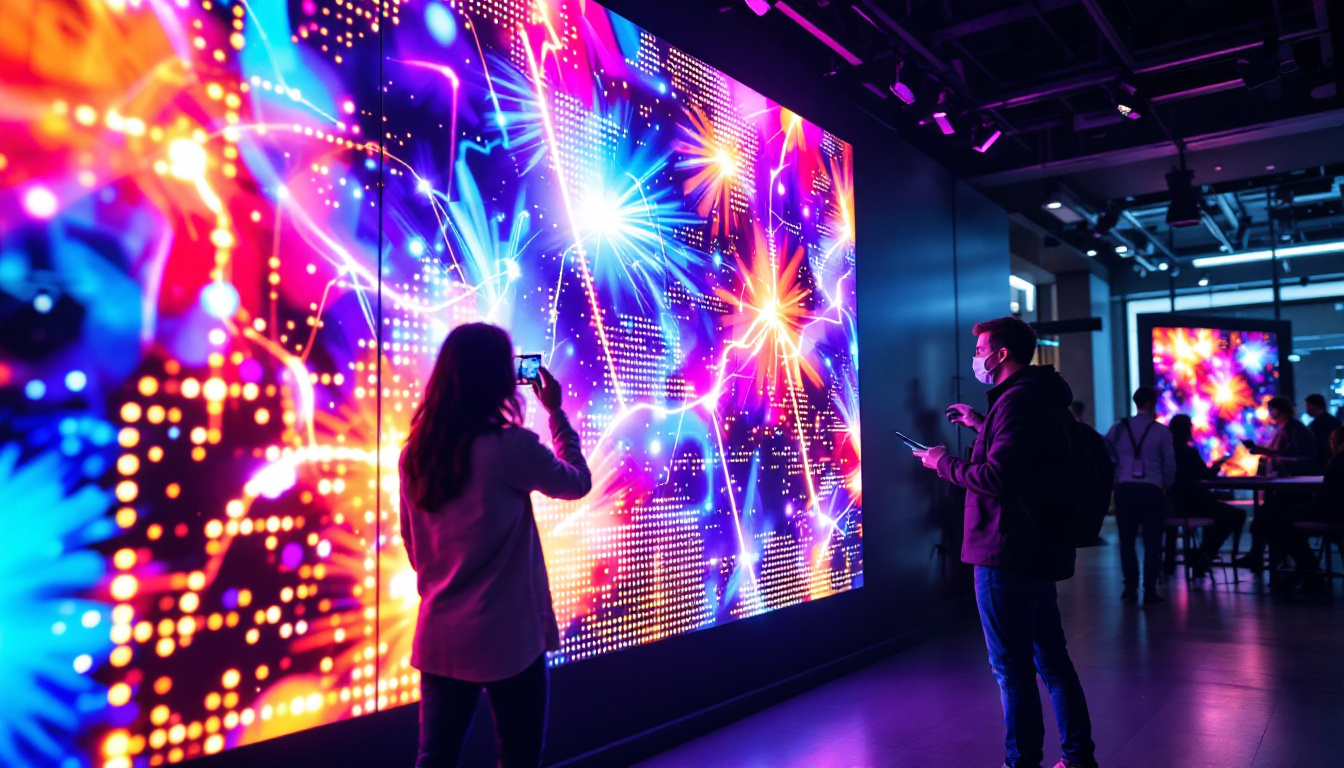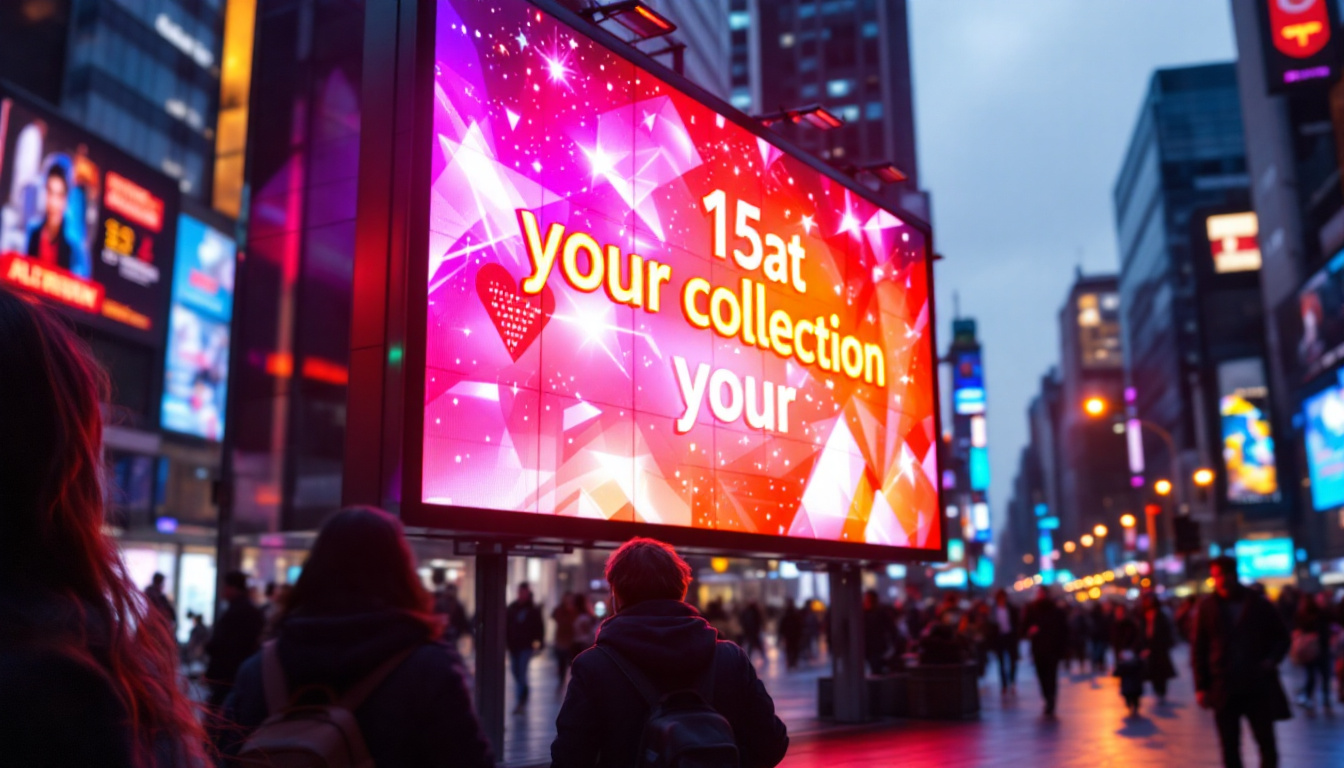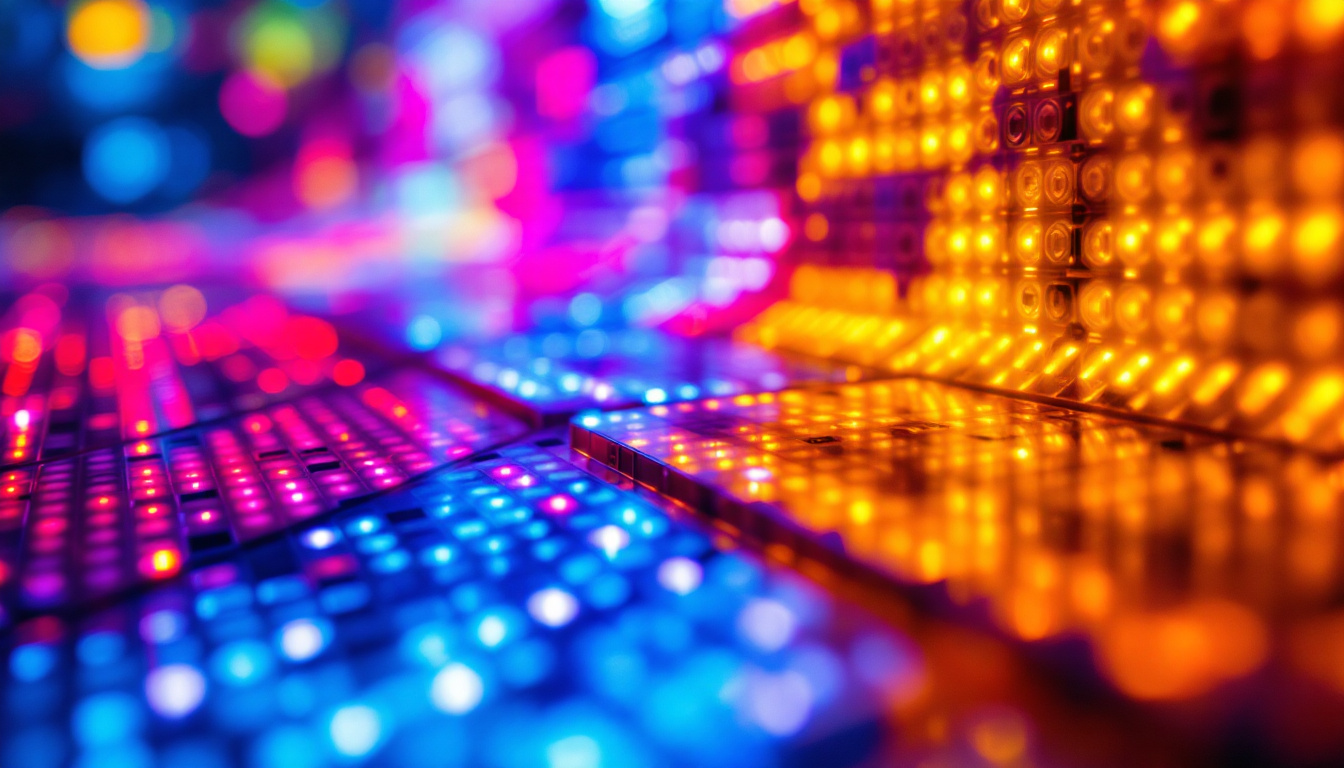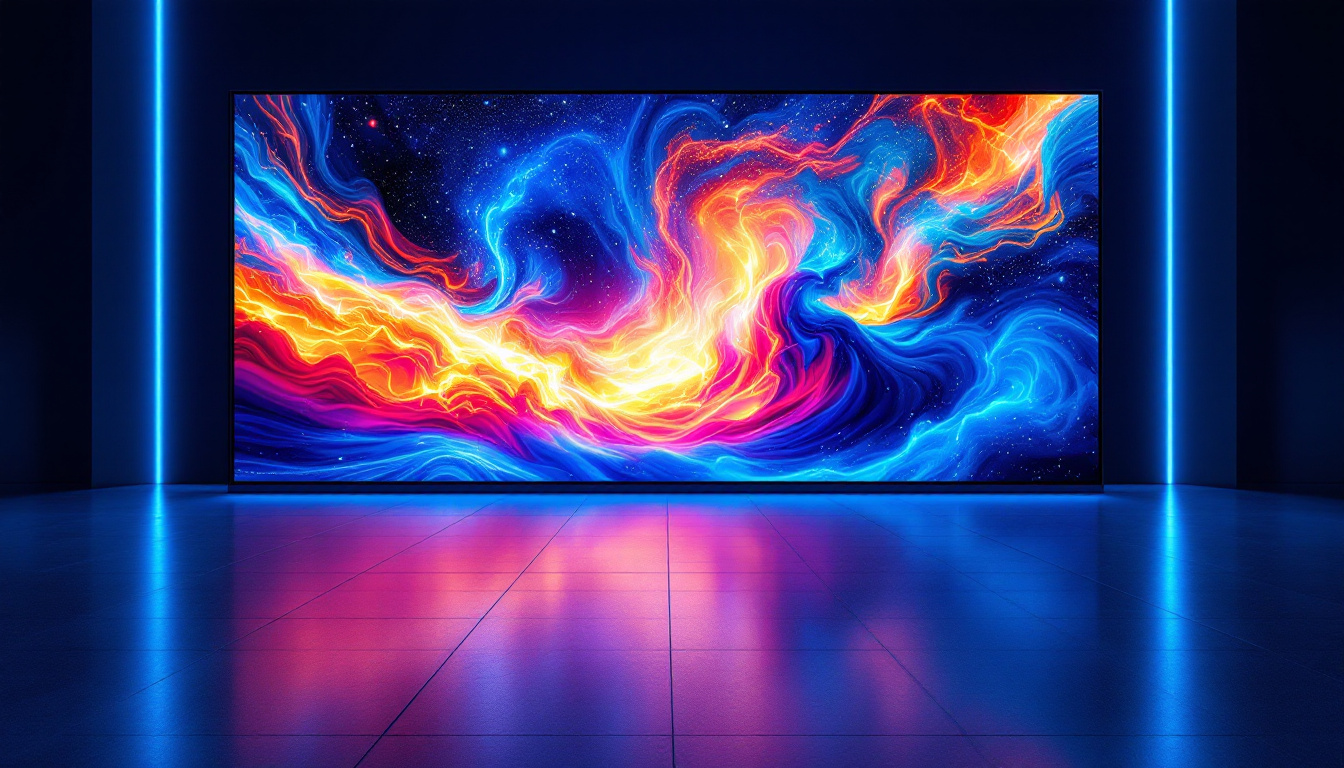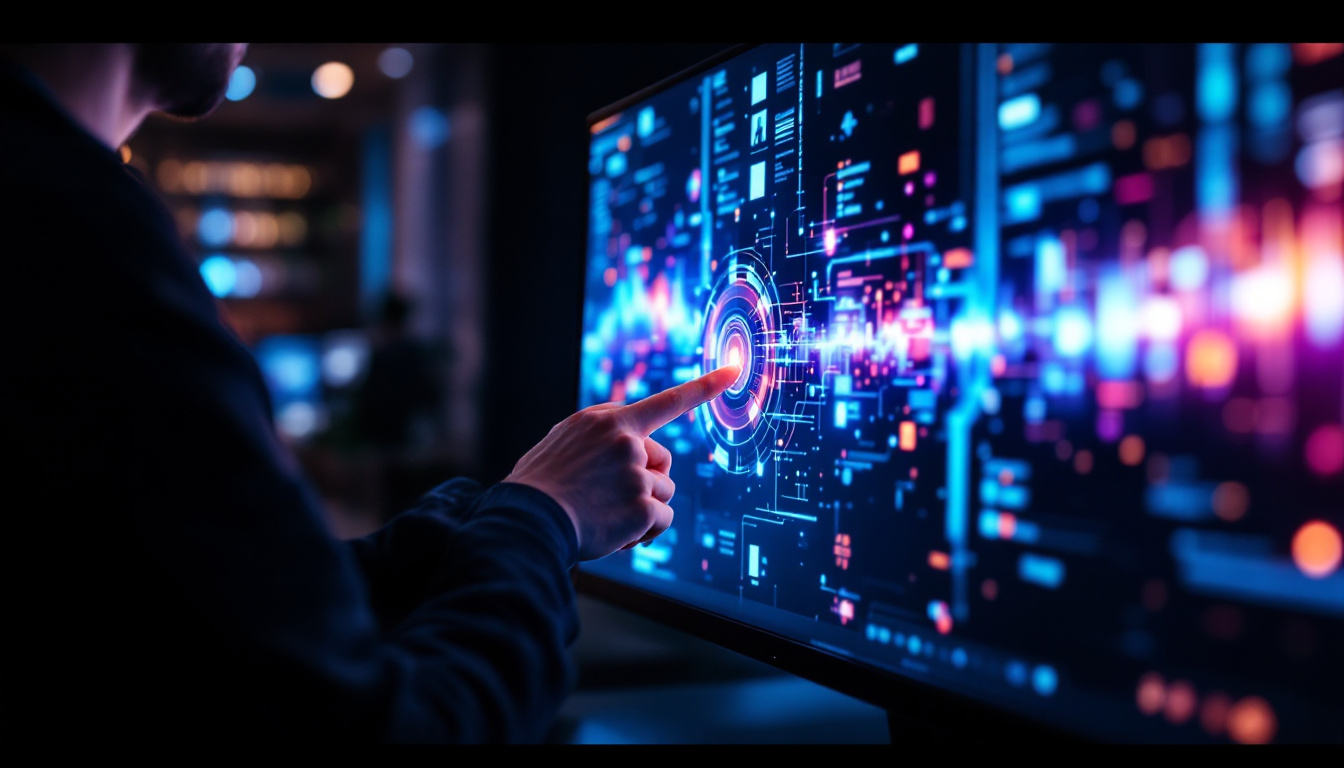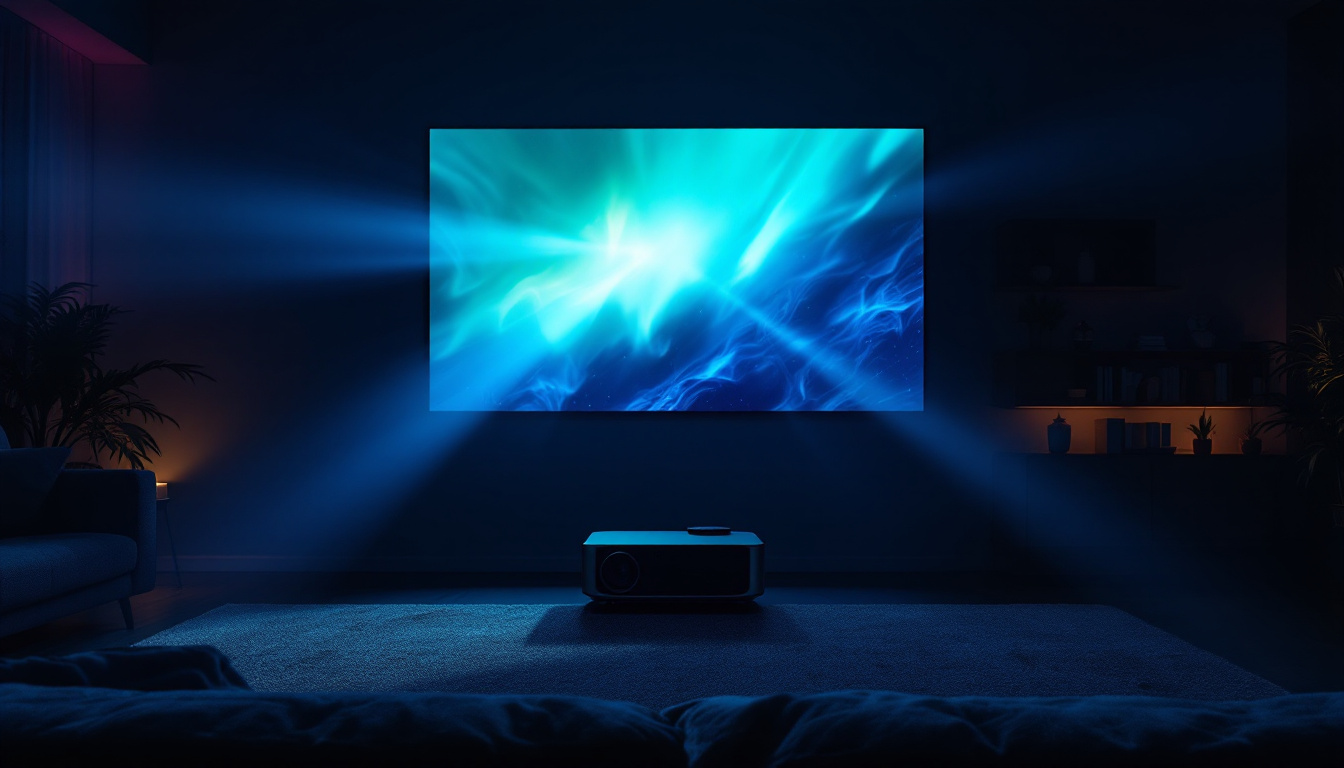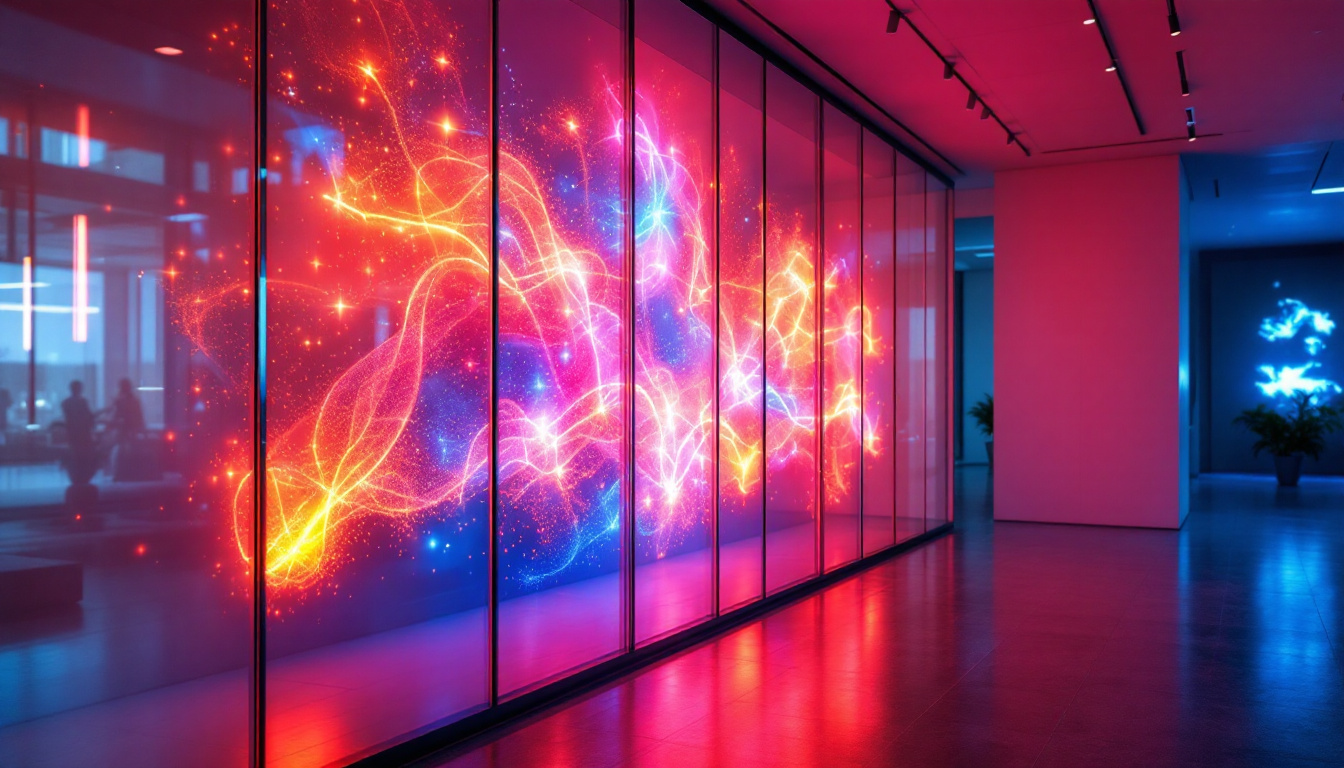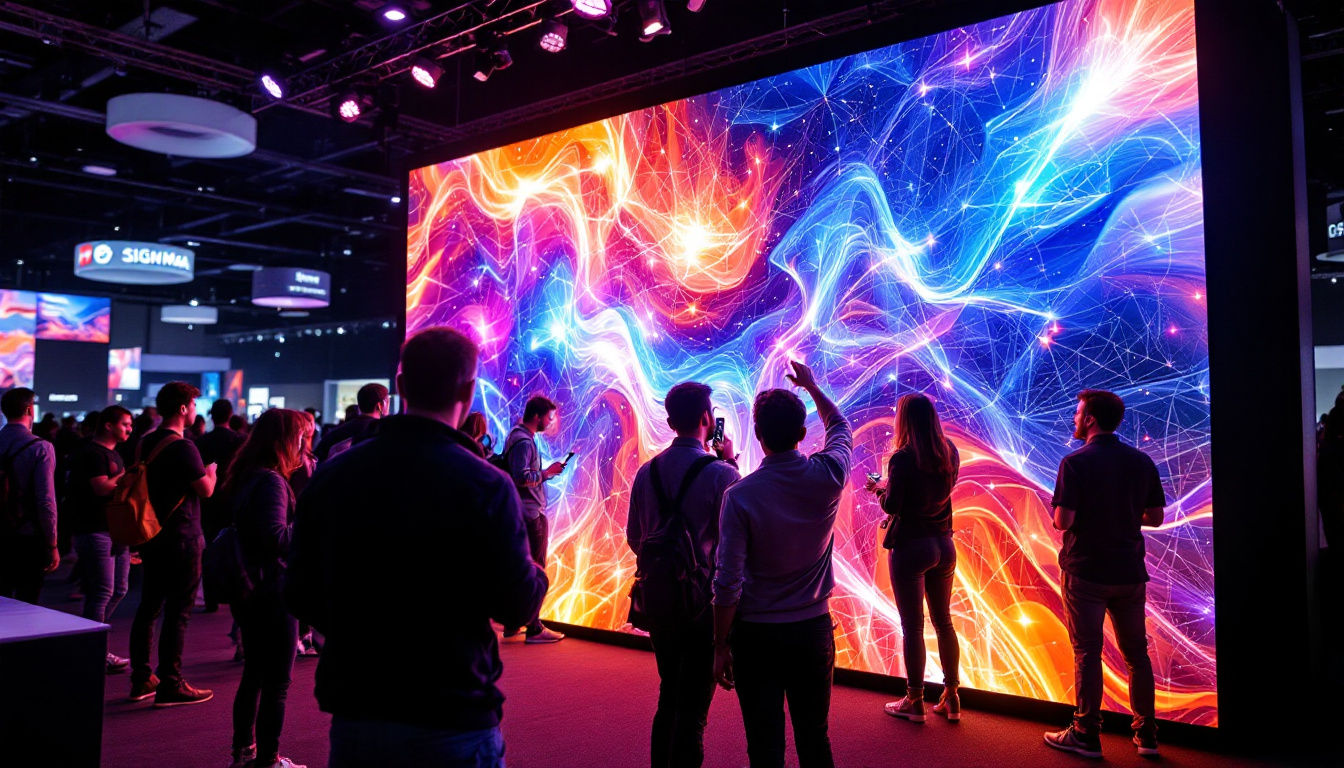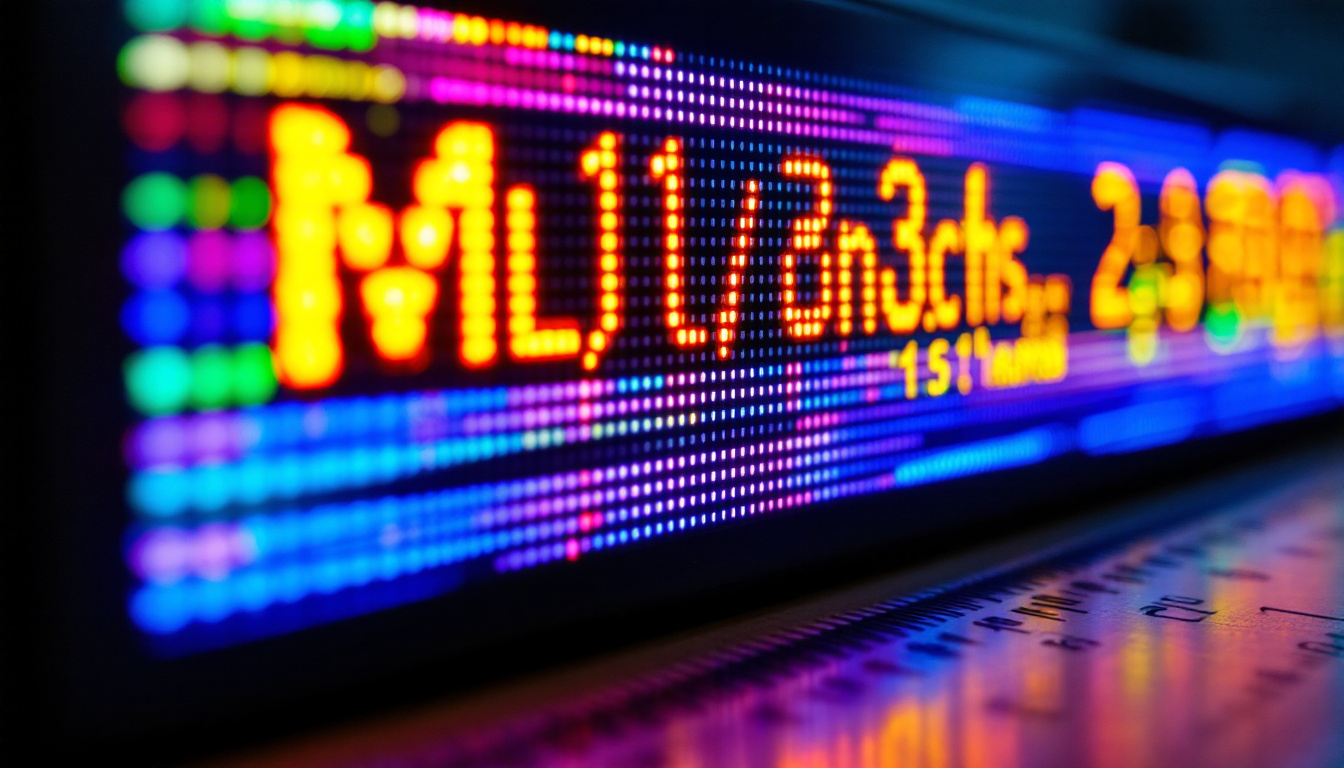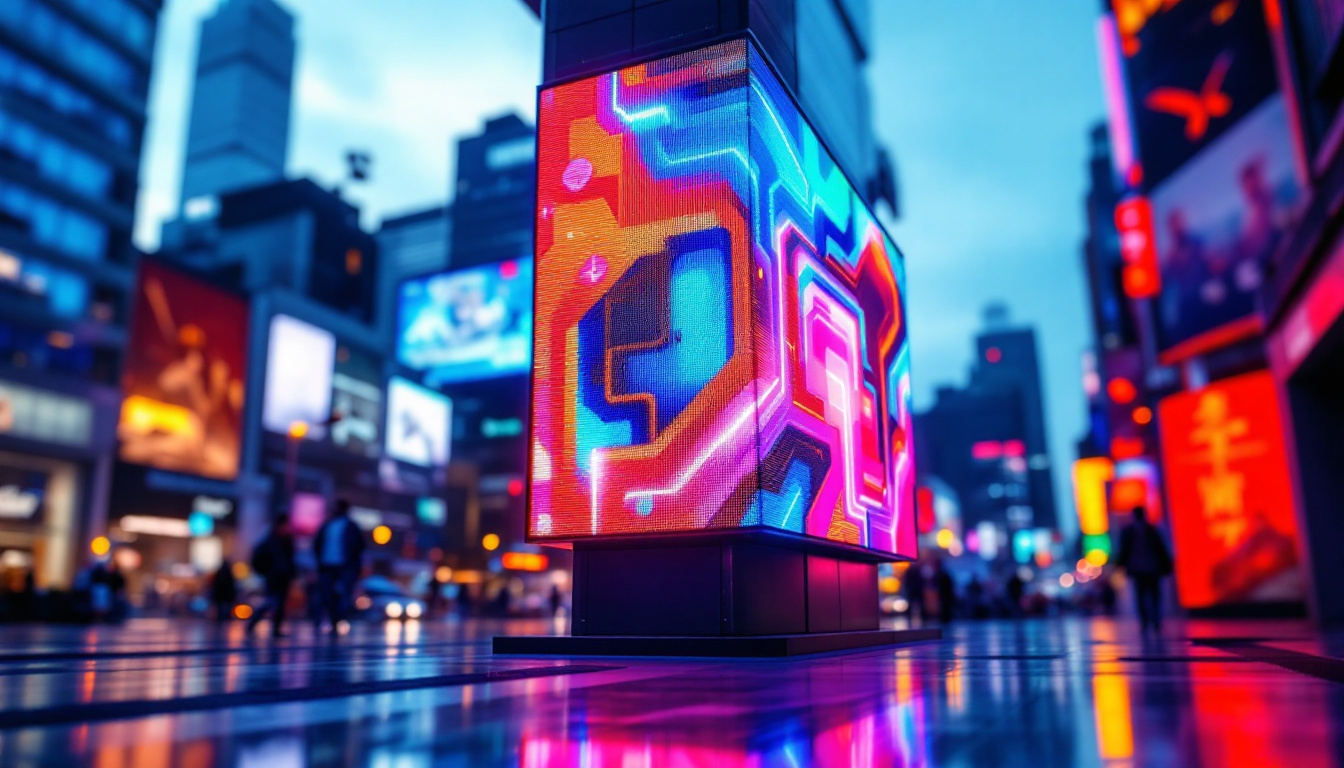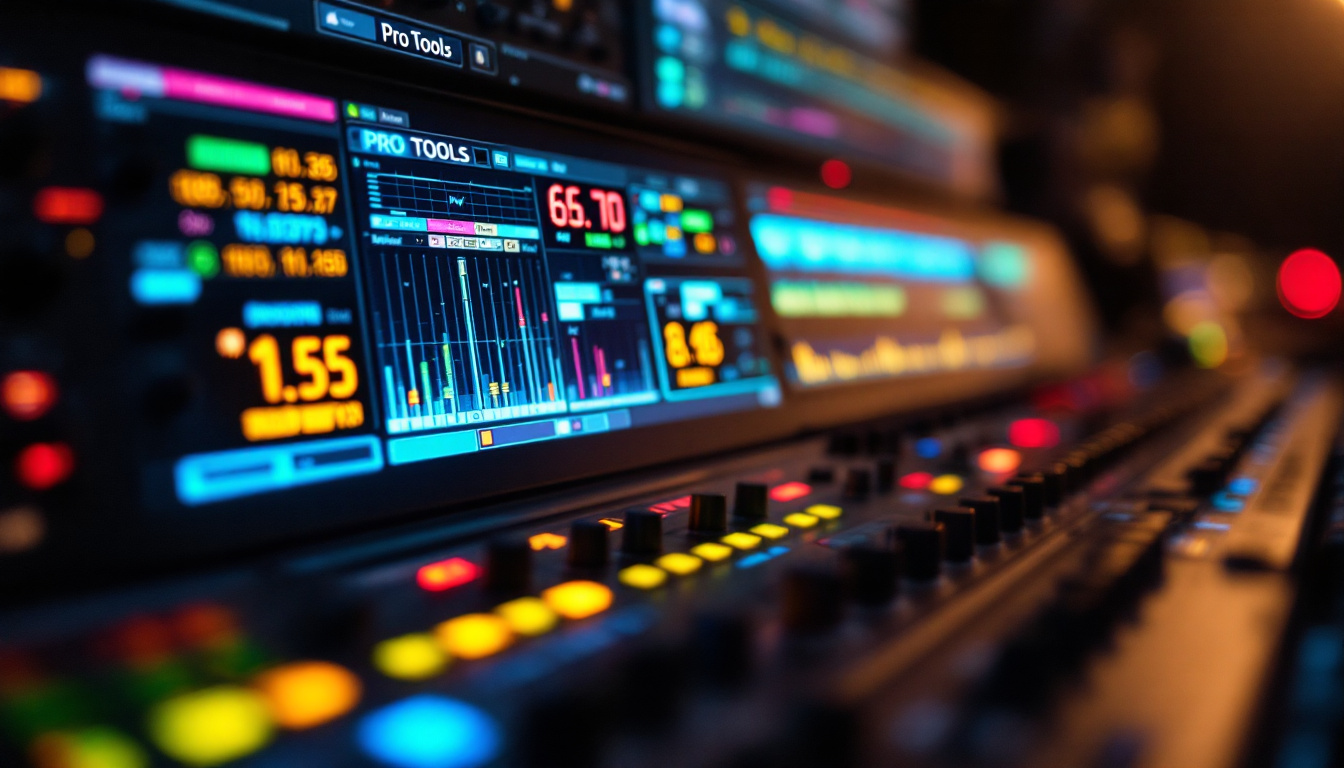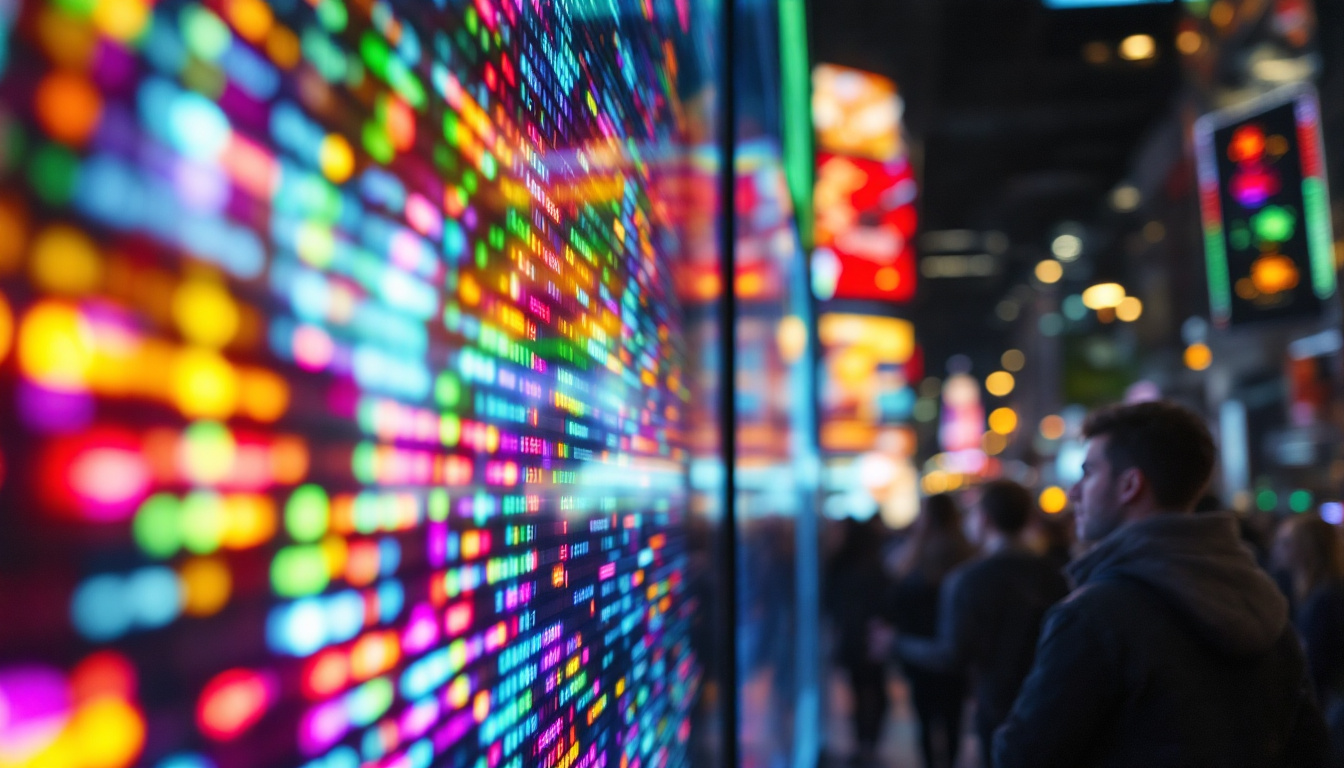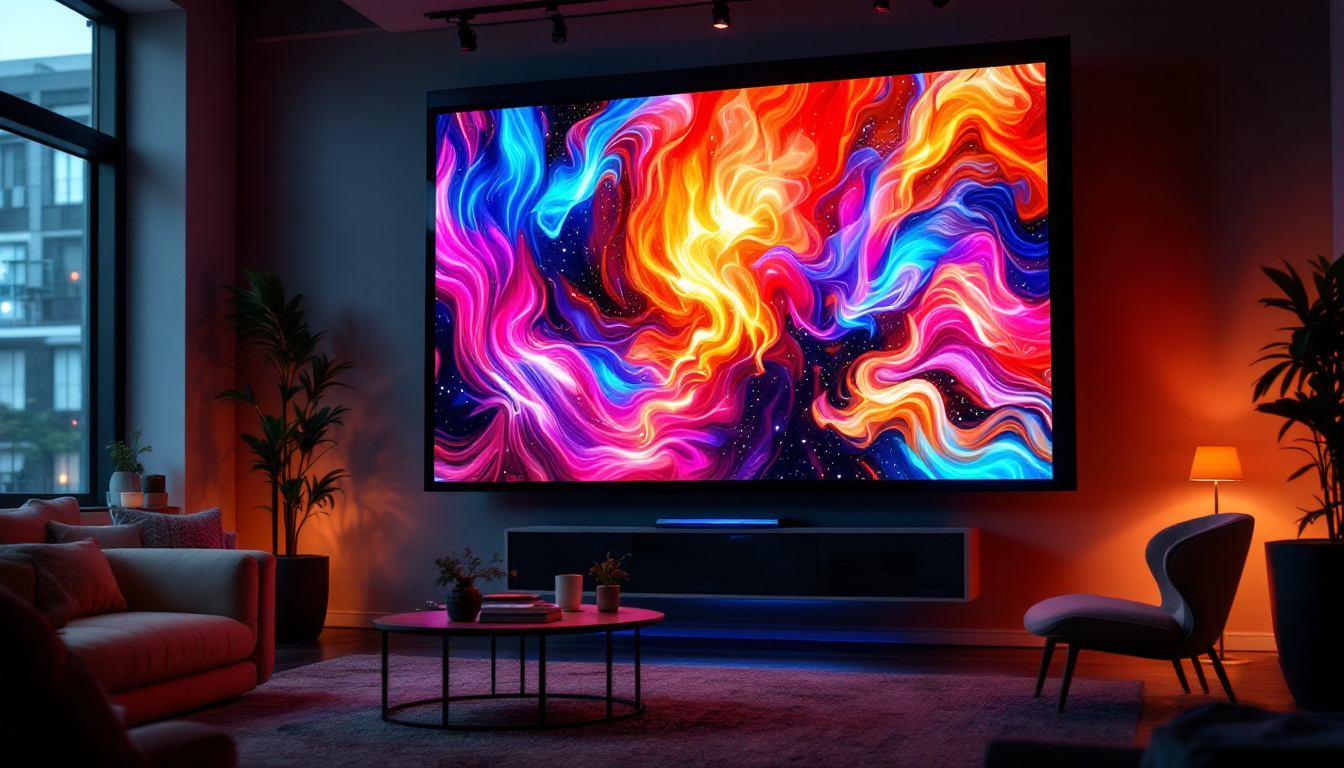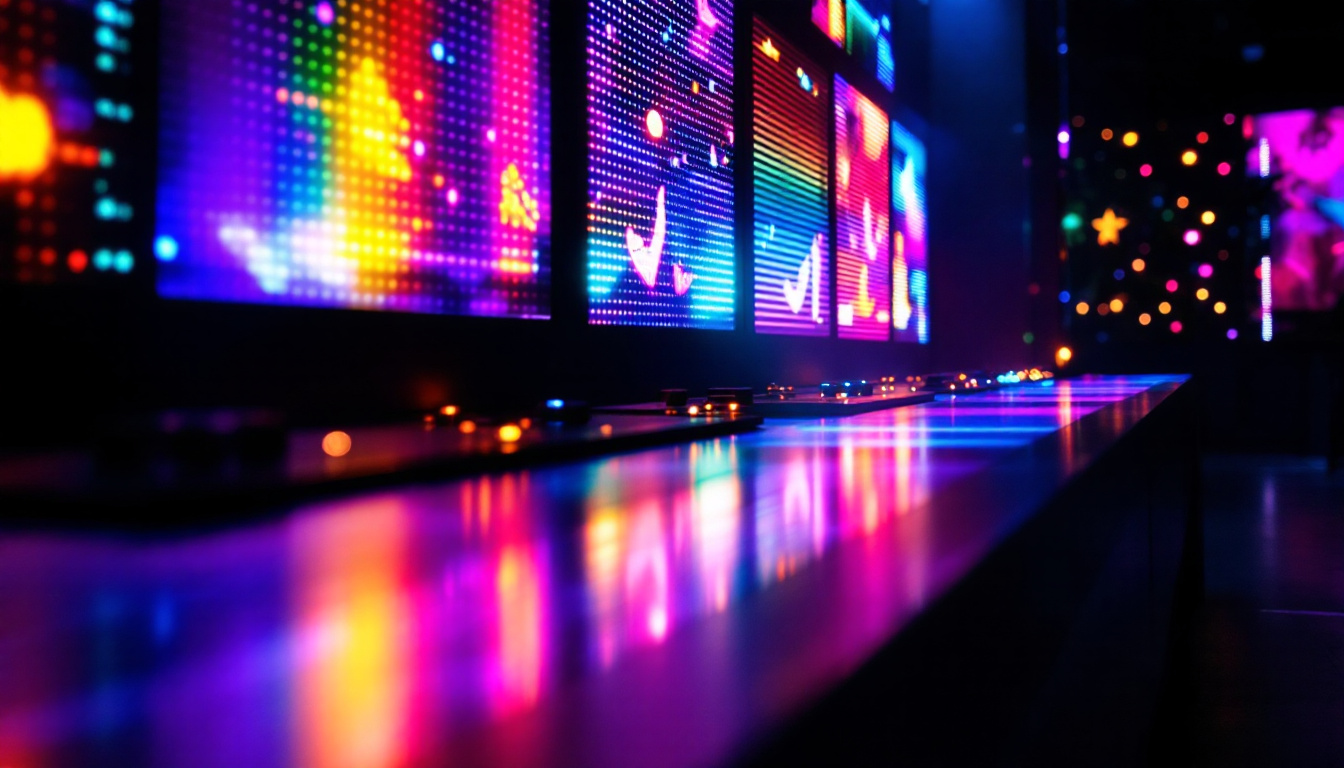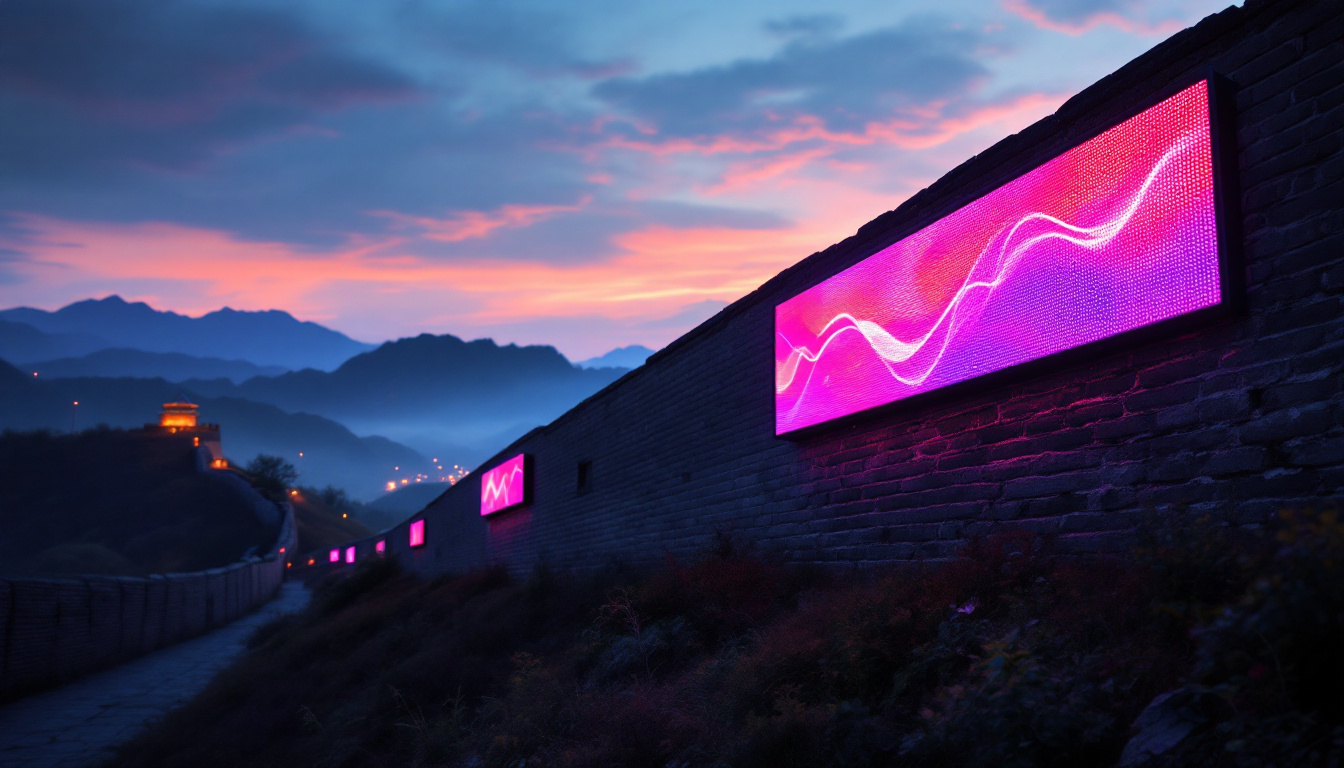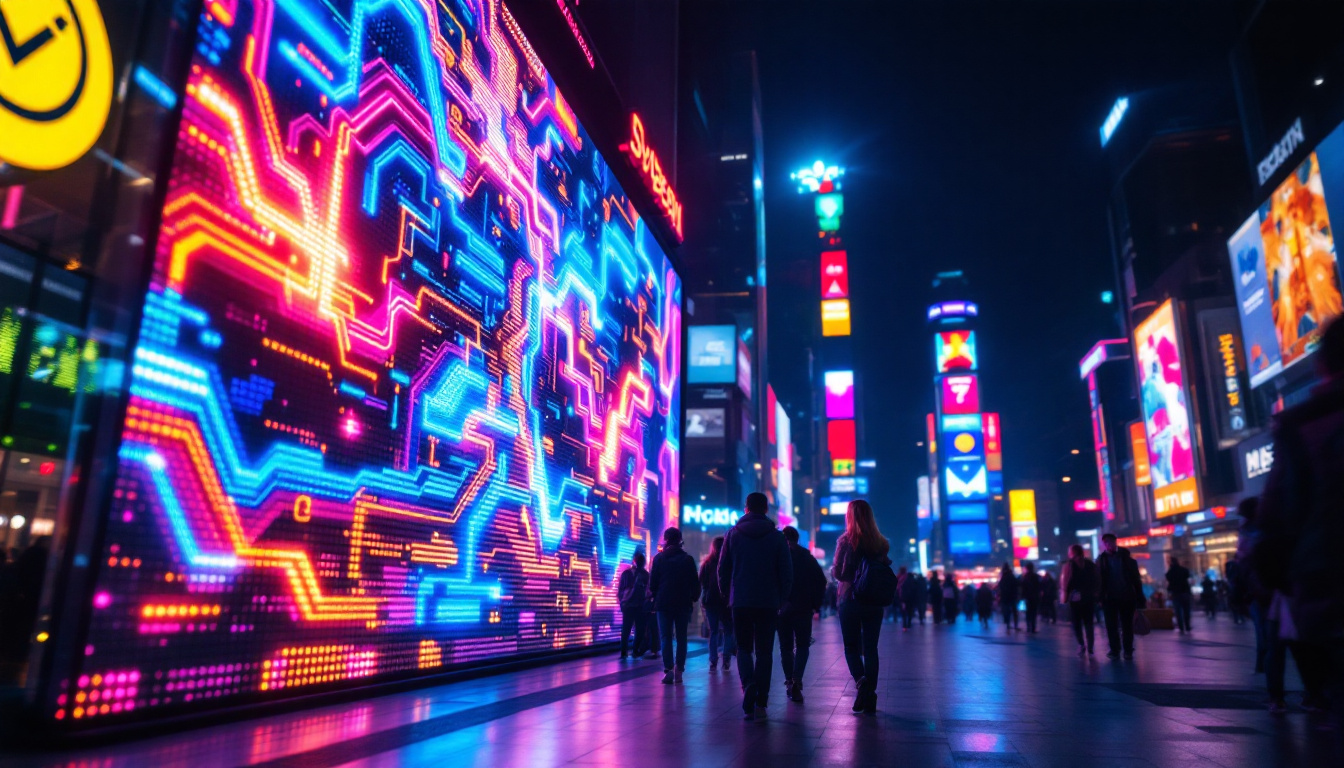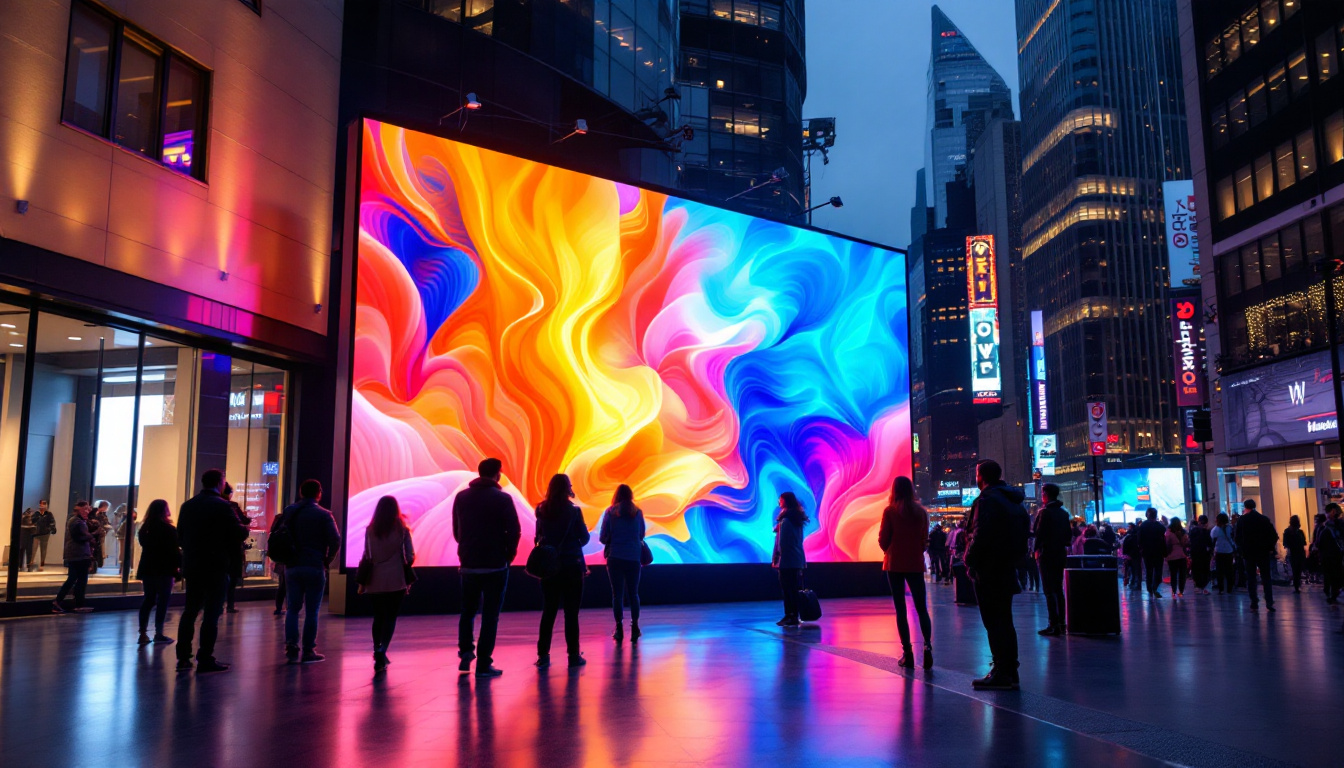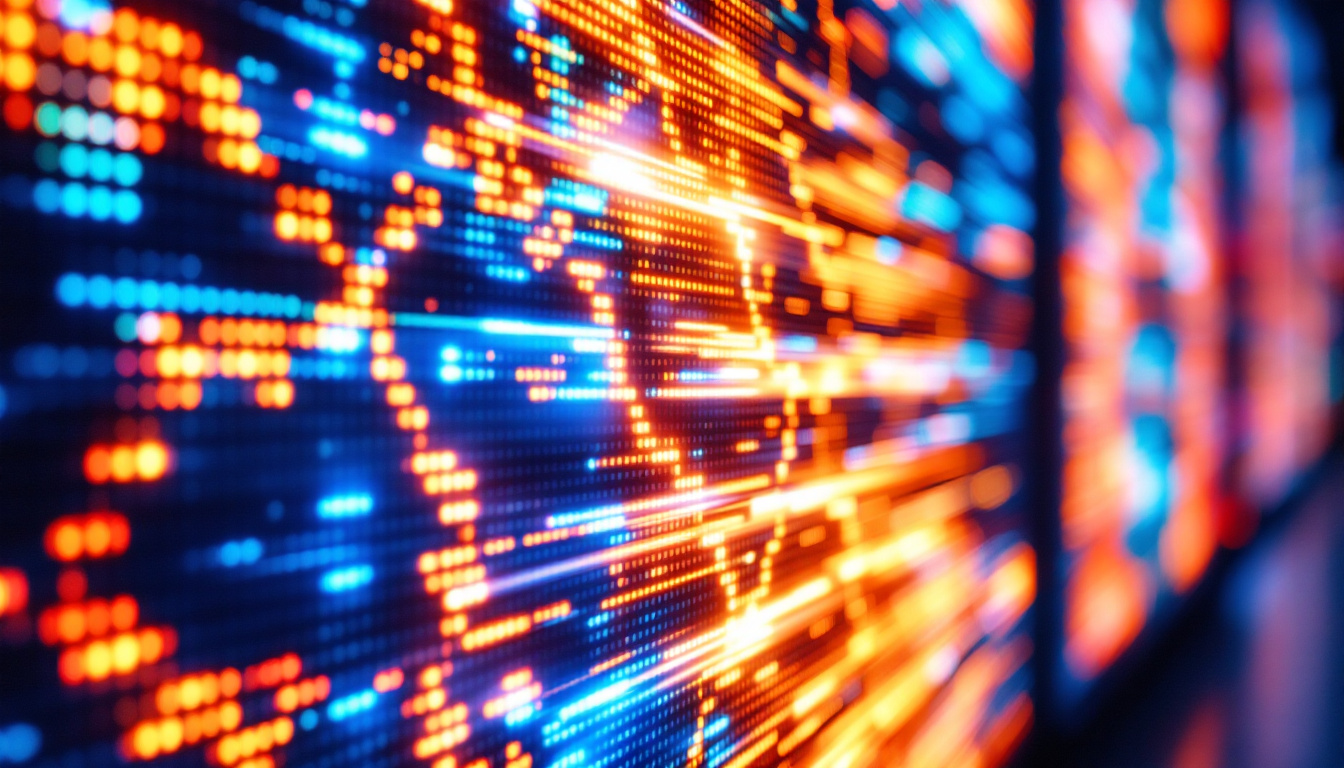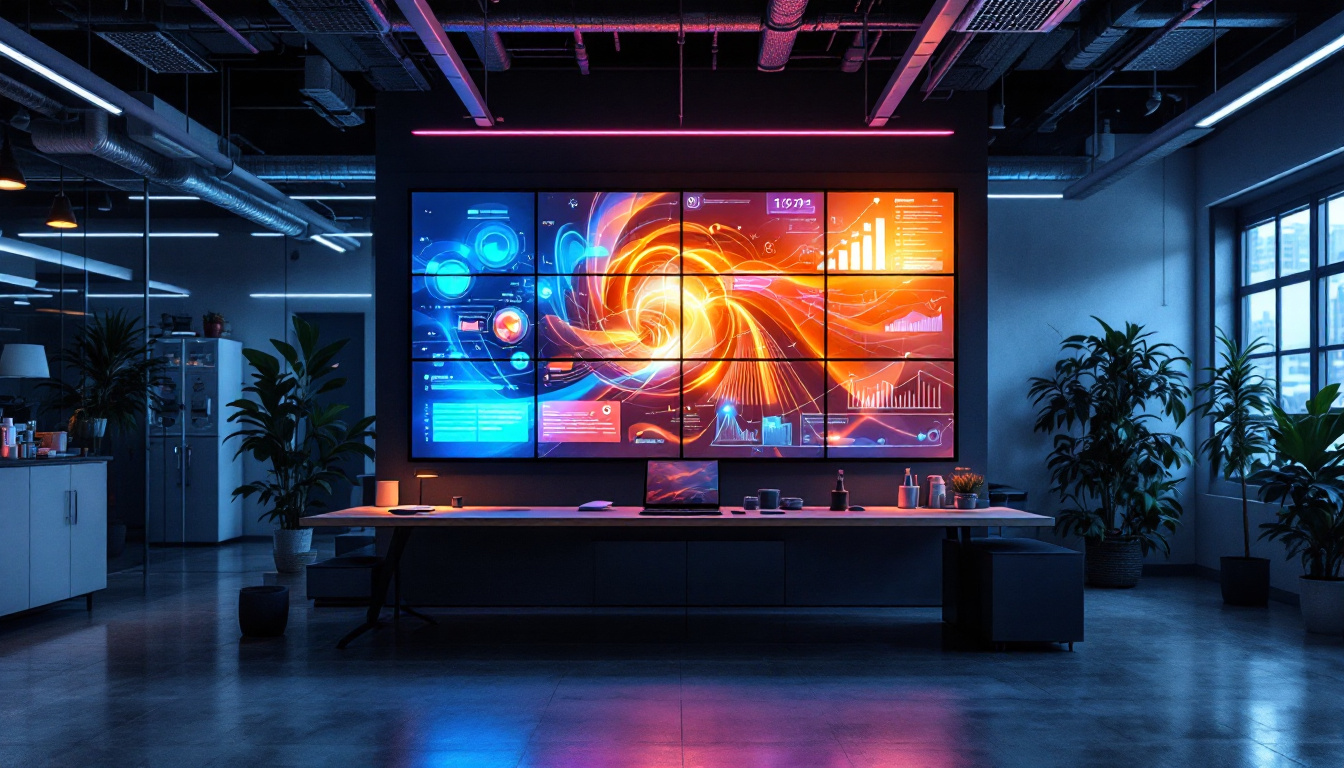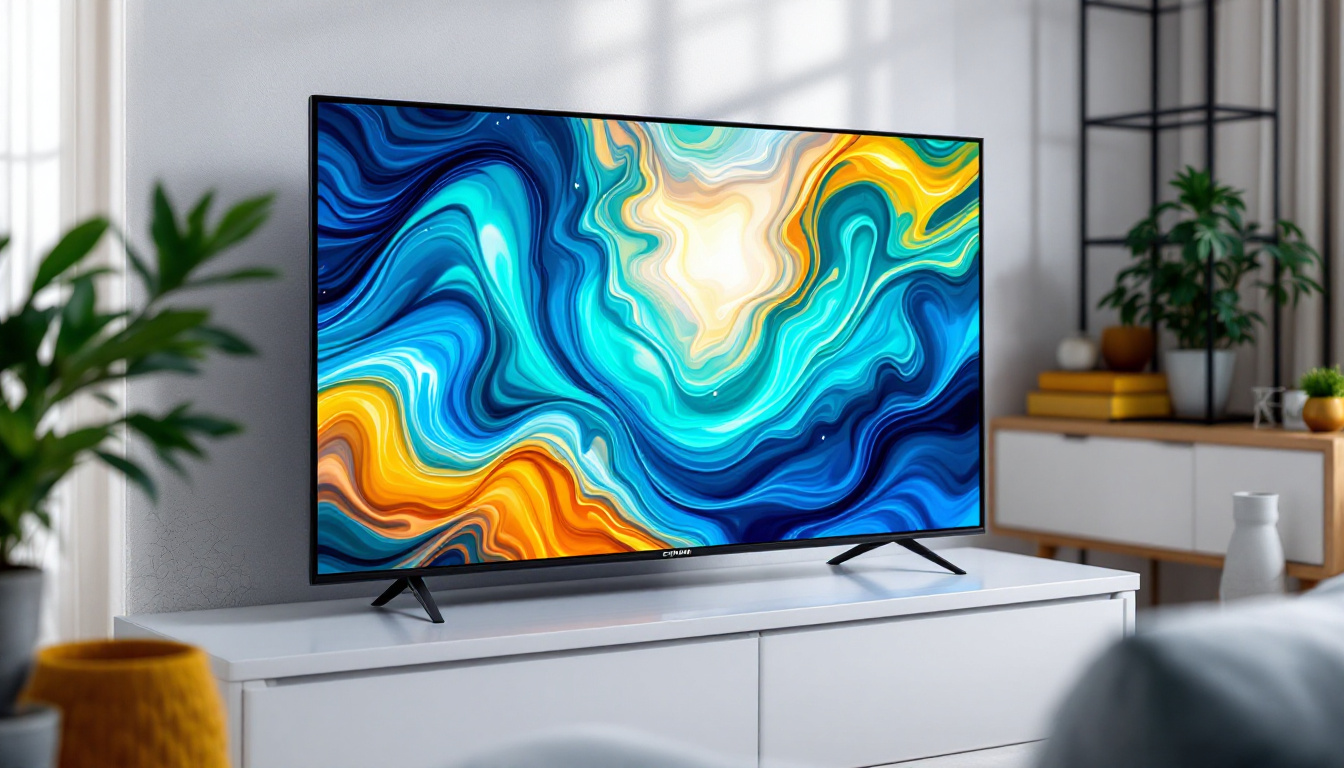Light Professional IT Services: LED Display Explained
In today’s digital landscape, the importance of effective communication cannot be overstated. Organizations are constantly seeking innovative ways to engage their audiences, and one of the most effective methods has been the adoption of LED displays. This article delves into the intricacies of LED display technology, its applications, benefits, and how it can enhance professional IT services.
Understanding LED Display Technology
LED displays, or Light Emitting Diode displays, have revolutionized the way information is presented in various environments. Unlike traditional display technologies, LED displays use semiconductor technology to emit light, resulting in vibrant colors and high brightness levels. This section will explore the core components and functionalities of LED displays.
Components of LED Displays
At the heart of every LED display are its components, which include the LED modules, control systems, and power supplies. LED modules consist of numerous tiny LEDs arranged in a grid, which collectively create images and text. The control system manages the input signals and ensures that the correct information is displayed. Power supplies are crucial for providing the necessary energy to the LEDs, ensuring optimal performance.
Additionally, LED displays can be categorized into two main types: indoor and outdoor. Indoor displays are designed for environments such as conference rooms and retail spaces, where viewing distances are shorter. Outdoor displays, on the other hand, are built to withstand various weather conditions and are typically used for advertising and public information systems.
How LED Displays Work
LED displays operate on a simple principle: each pixel on the screen is made up of red, green, and blue (RGB) LEDs. By adjusting the intensity of these colors, a wide spectrum of colors can be produced. The combination of these colors allows for the creation of dynamic images and videos, making LED displays highly versatile.
The technology behind LED displays is constantly evolving. Innovations such as pixel pitch, which refers to the distance between the centers of two adjacent pixels, have led to higher resolution displays. Smaller pixel pitches result in sharper images, enhancing the viewer’s experience.
Applications of LED Displays
LED displays have found applications in a variety of sectors, ranging from advertising to education. Their versatility and adaptability make them an ideal choice for numerous settings. Below are some of the most common applications of LED displays.
Advertising and Marketing
One of the most prominent uses of LED displays is in advertising. Retailers and businesses utilize large outdoor LED screens to attract customers and convey messages effectively. The ability to display high-resolution images and videos in real-time allows companies to create engaging advertisements that capture attention.
Moreover, LED displays can be programmed to change content frequently, enabling businesses to promote special offers or events instantly. This dynamic aspect of LED advertising makes it a powerful tool in a competitive market.
Corporate Communication
In the corporate world, LED displays serve as effective communication tools. They are often used in conference rooms, lobbies, and trade shows to share information with employees and clients. For instance, during presentations, LED displays can showcase data visualizations or videos, making the information more digestible.
Furthermore, many organizations employ LED displays to convey real-time information, such as news updates or social media feeds, enhancing the overall communication strategy within the company.
Education and Training
Educational institutions have also embraced LED display technology. Classrooms equipped with LED screens can facilitate interactive learning experiences. Teachers can present multimedia content, making lessons more engaging for students.
Additionally, LED displays are used in auditoriums and lecture halls to accommodate larger audiences. The high visibility and clarity of LED displays ensure that all attendees can see the presented material, regardless of their seating position.
Benefits of LED Displays
The advantages of LED displays extend beyond their visual appeal. They offer numerous benefits that can significantly impact an organization’s operations and communication strategies. Here are some key benefits of integrating LED displays into professional IT services.
Energy Efficiency
One of the standout features of LED technology is its energy efficiency. LED displays consume significantly less power compared to traditional display technologies, such as LCD or plasma screens. This not only results in lower energy bills but also contributes to a reduced carbon footprint.
Furthermore, the longevity of LED displays means that they require less frequent replacements, leading to cost savings over time. This makes them an economically viable option for businesses looking to invest in display technology.
High Visibility and Clarity
LED displays are known for their brightness and clarity, making them suitable for various lighting conditions. Whether in a brightly lit retail environment or a dimly lit conference room, LED displays maintain their visibility, ensuring that the content is easily readable from different distances.
This high visibility is particularly beneficial for outdoor applications, where sunlight can wash out other display types. The vibrant colors and sharp images produced by LED displays capture attention and convey messages effectively.
Durability and Reliability
LED displays are designed to withstand harsh conditions, making them a reliable choice for both indoor and outdoor applications. Their robust construction ensures that they can endure exposure to weather elements such as rain, snow, and extreme temperatures.
Additionally, LED technology is less susceptible to screen burn-in, a common issue with traditional displays. This durability translates to lower maintenance costs and a longer lifespan, further enhancing their value for organizations.
Integrating LED Displays into Professional IT Services
For organizations looking to leverage LED display technology, integration into existing IT services is crucial. This process involves careful planning and consideration of various factors to ensure optimal performance and effectiveness. Below are some essential steps to consider during the integration process.
Assessing Needs and Objectives
Before implementing LED displays, organizations should assess their specific needs and objectives. This involves identifying the primary purpose of the display, whether it be for advertising, corporate communication, or educational purposes. Understanding the target audience and the desired message will guide the selection of the appropriate display type and size.
Additionally, organizations should consider the location of the displays. Factors such as foot traffic, visibility, and environmental conditions play a significant role in determining the ideal placement for maximum impact.
Choosing the Right Technology
The market offers a wide range of LED display technologies, each with its unique features and specifications. When selecting the right technology, organizations should evaluate factors such as pixel pitch, resolution, and brightness levels. A higher resolution may be necessary for applications requiring detailed imagery, while outdoor displays should be bright enough to stand out in sunlight.
Consulting with technology experts or vendors can provide valuable insights into the best options available, ensuring that the chosen technology aligns with the organization’s goals and budget.
Installation and Maintenance
Proper installation is crucial for the optimal performance of LED displays. Organizations should work with experienced professionals to ensure that the displays are set up correctly and securely. This includes considerations for wiring, power supply, and connectivity to control systems.
Once installed, ongoing maintenance is essential to keep the displays functioning at peak performance. Regular checks and updates can prevent potential issues and prolong the lifespan of the displays. Many vendors offer maintenance services, providing organizations with peace of mind and ensuring that their displays remain in top condition.
Future Trends in LED Display Technology
The LED display industry is continuously evolving, with new trends and innovations emerging regularly. Staying informed about these developments can help organizations make informed decisions about their display technology. Here are some future trends to watch for in LED display technology.
Advancements in Resolution
As technology progresses, the demand for higher resolution displays continues to grow. Future LED displays are expected to feature even smaller pixel pitches, resulting in crisper images and enhanced detail. This trend will be particularly beneficial for applications requiring high-quality visuals, such as digital signage and advertising.
Moreover, advancements in 8K and 16K resolution technologies are on the horizon, pushing the boundaries of display quality. Organizations that invest in these high-resolution displays will have a competitive edge in delivering stunning visuals.
Integration with Smart Technology
The integration of LED displays with smart technology is another trend gaining traction. Smart displays equipped with sensors and connectivity features can adapt to their environment, adjusting brightness levels based on ambient light or displaying targeted content based on audience demographics.
This level of interactivity enhances the viewer experience and allows organizations to deliver personalized content, increasing engagement and effectiveness.
Sustainable Practices
As sustainability becomes a priority for many organizations, the LED display industry is also moving towards greener practices. Future developments may include the use of recyclable materials in display construction and energy-efficient technologies that further reduce power consumption.
Organizations that adopt sustainable practices not only contribute to environmental conservation but also enhance their brand image, appealing to eco-conscious consumers.
Conclusion
LED displays have become an integral part of modern communication strategies across various sectors. Their vibrant visuals, energy efficiency, and versatility make them a preferred choice for organizations looking to engage their audiences effectively. By understanding the technology, applications, and benefits of LED displays, organizations can make informed decisions about integrating this powerful tool into their professional IT services.
As the industry continues to evolve, staying abreast of the latest trends and advancements will ensure that organizations remain competitive and can leverage LED display technology to its fullest potential. Embracing this innovation not only enhances communication but also paves the way for a more dynamic and engaging future.
Discover LumenMatrix’s Innovative LED Display Solutions
Ready to elevate your organization’s visual communication with the latest in LED display technology? Look no further than LumenMatrix, a pioneer in crafting immersive LED experiences that captivate and engage. From Indoor and Outdoor LED Wall Displays to specialized solutions like Vehicle, Sports, and Floor LED Displays, LumenMatrix offers a diverse range of products tailored to your unique needs. Embrace the future of dynamic visual storytelling with our Custom, All-in-One, and Transparent LED Displays. Check out LumenMatrix LED Display Solutions today and transform how you connect with your audience.

